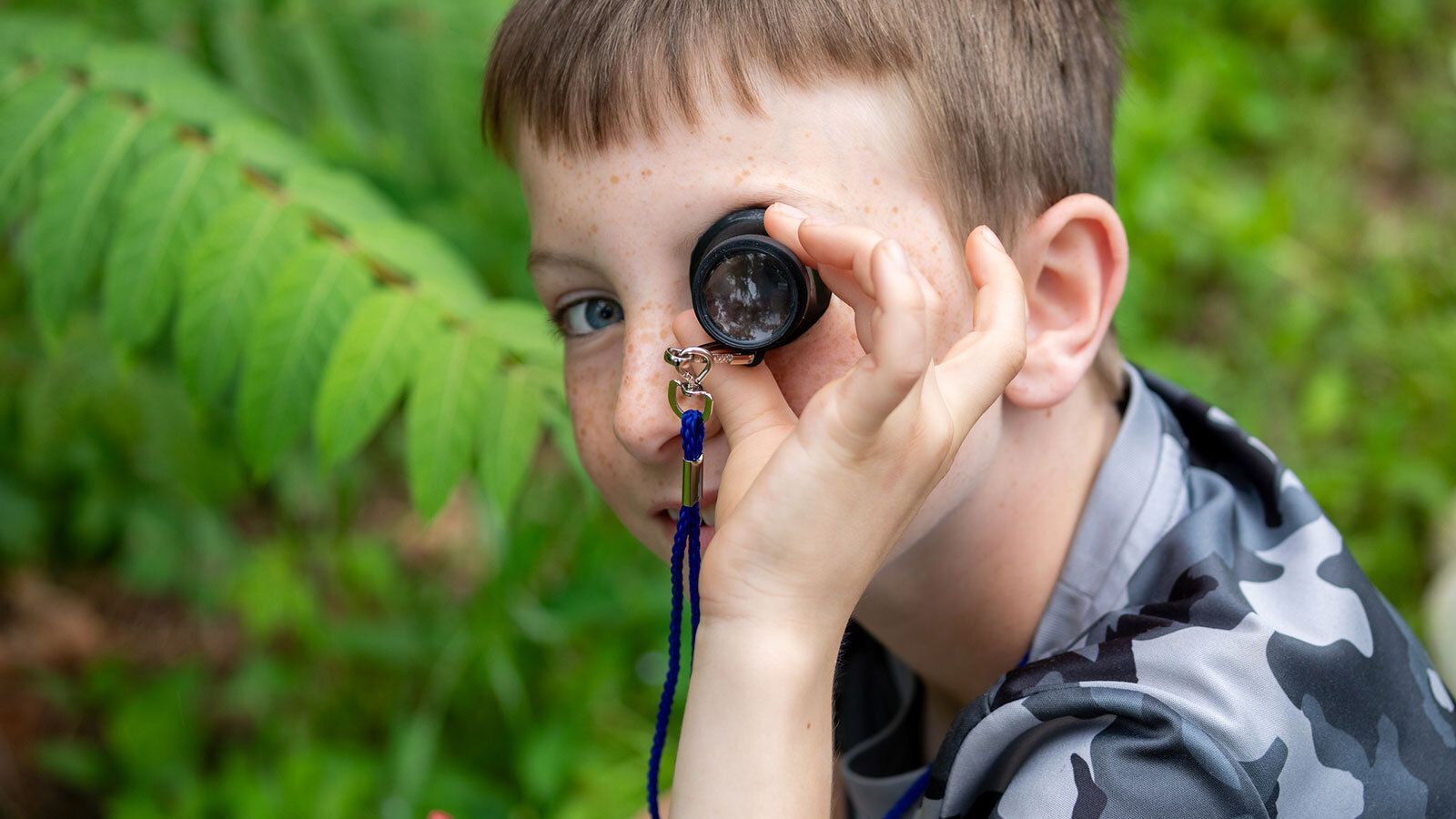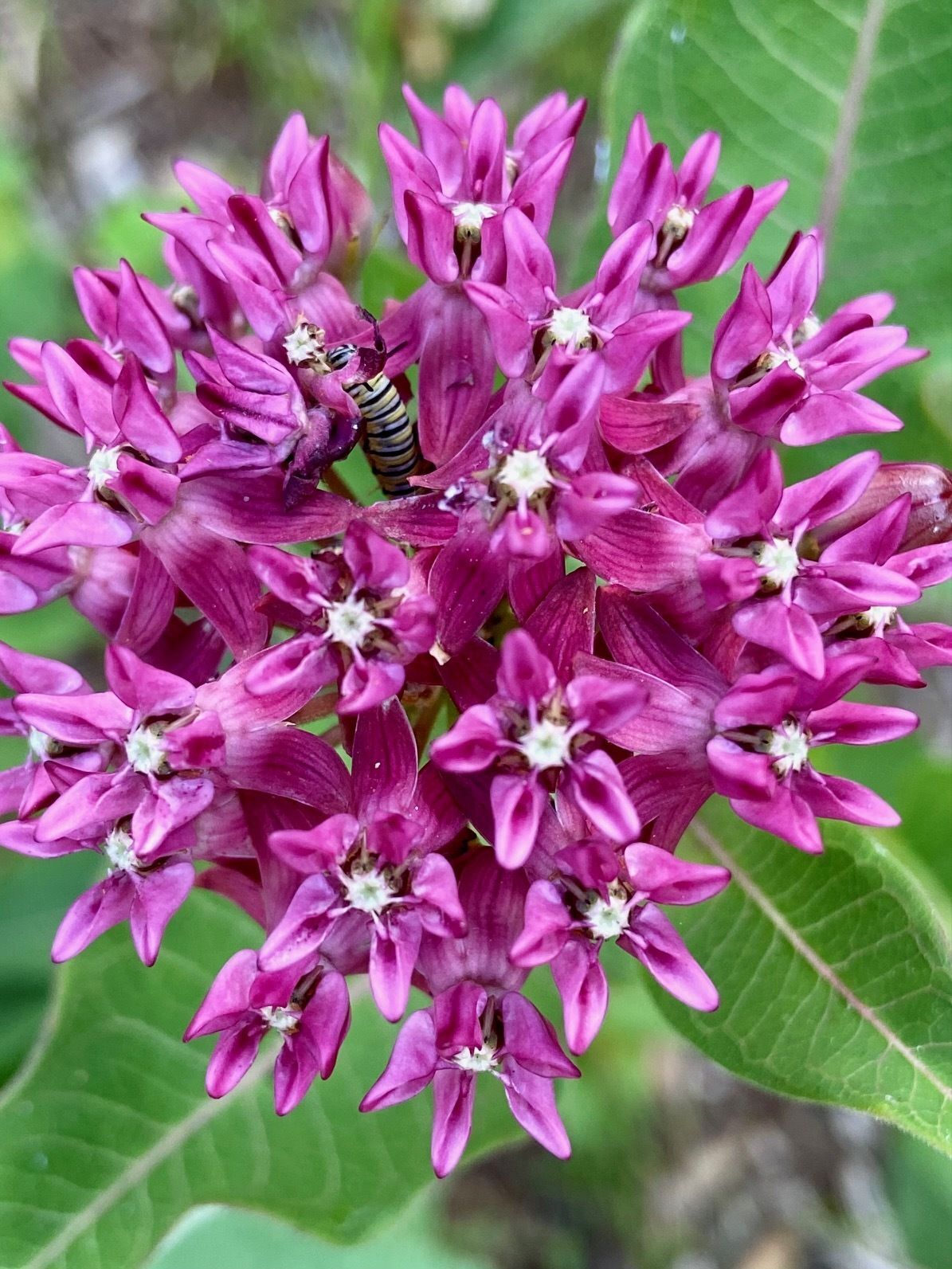Butterflies have an innate ability to spark wonder. As they bounce through the sky on paper-thin wings, their bold colors catch the attention—and curiosity—of anyone watching.
At Champions for Wildlife, butterflies are premier partners. Their dazzling patterns inspire young artists, and the vital role they play in our ecosystem carries a powerful message for budding wildlife ambassadors. To deepen our connection with these winged wonders, we turned to one of our favorite partners: Kim Bailey at Milkweed Meadows in Fruitland, North Carolina.
When you first pull up to Milkweed Meadows at the end of summer, it’s easy to see why Kim is our go-to resource for pollinators. Hundreds of species of native flowers line the driveway and surround her home, each one buzzing or fluttering with life. Kim’s secret? She plants only native species. Native plants thrive in their natural habitat, provide the food local wildlife need, and attract far more pollinators than non-native species.
As we walked through Kim’s planting zones, our conversation turned to the aftermath of Hurricane Helene. Like so many farms in the area, Milkweed Meadows suffered downed trees, wind damage, and months of cleanup. Yet standing there now, surrounded by blooms, it was hard to believe the destruction had happened less than a year ago. Thanks to Kim’s resilience and a community of support, the fields are vibrant again. In fact, the milkweed patch where we discovered monarch eggs and tiny caterpillars had once been used to pile storm debris. Now, the native plants were reclaiming the space and were teeming with new life.
Crouching low, we peered beneath the leaves and spotted impossibly small eggs—each one the beginning of a butterfly’s incredible journey. To think that such a tiny speck could transform into a monarch capable of flying thousands of miles to Mexico felt almost magical.
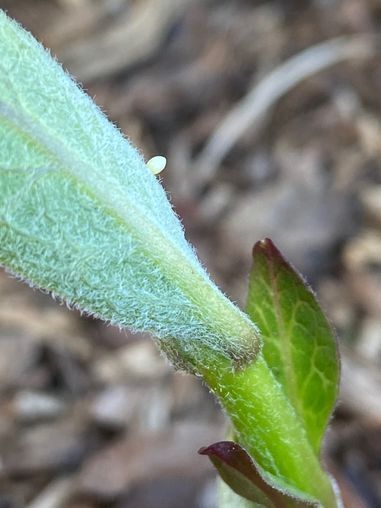
It'd be easy to miss such a tiny egg. These eggs hatch after 3-7 days.
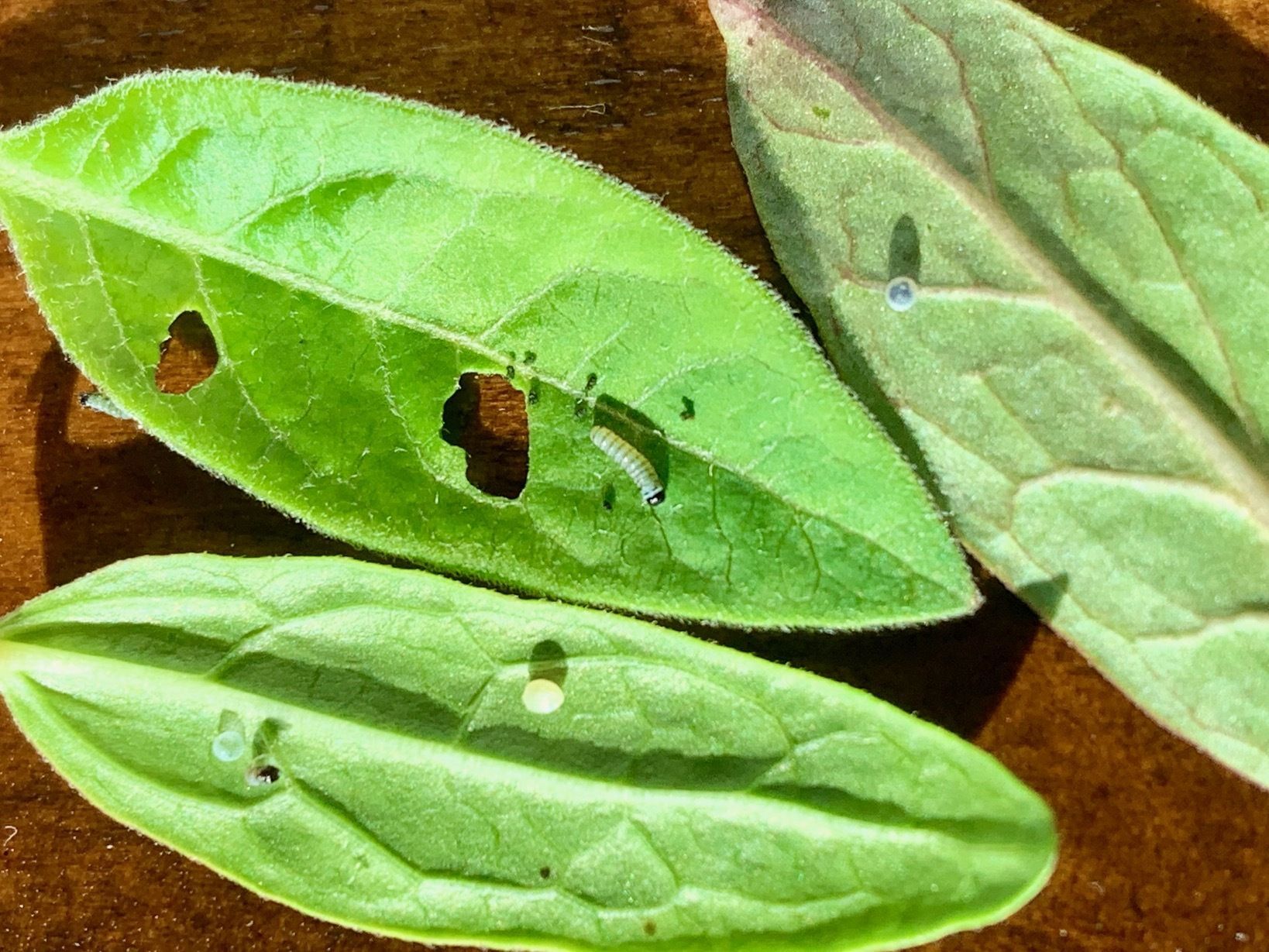
Such small and delicate creatures require experienced hands!
Kim explained that she carefully harvests some eggs to give them a better chance of survival. Predators, storms, and habitat loss mean very few survive on their own, so her work helps boost monarch populations while also sharing caterpillars with local classrooms. This is delicate work, and something only experienced caretakers like Kim should do.
On her deck, Kim showed us her “caterpillar nursery,” where dozens of monarchs were in various stages of metamorphosis. In one container, empty at first glance, the lid was lined with jade-green chrysalises sparkling like jewels.
In another, a fritillary butterfly was ready to take flight. Together, we released it and watched in awe as it stretched its wings into the world.
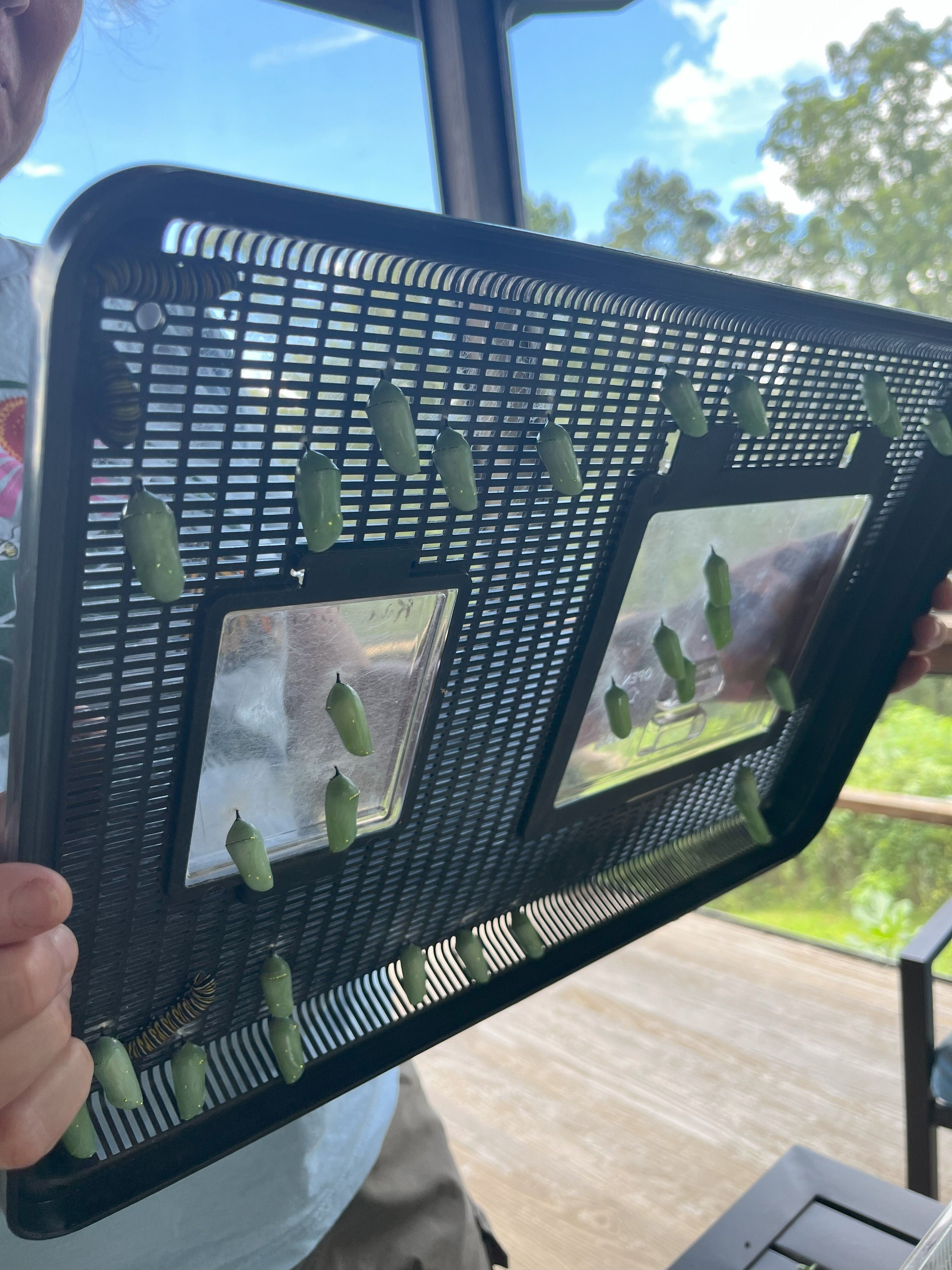
How many future butterflies do you see hanging here?
In the words of Estela Romero, monarchs are “Bright Orange Jewels, the Daughters of the Sun.” The Symbolic Monarch Migration Project captures this magic by allowing children across North America to create paper butterflies that “migrate” to Mexico, just like the real ones. Mexican students who live near the monarchs’ winter forests receive these butterflies and send back art and letters, building friendships across borders and inspiring conservation. This year marks our second time participating, and we are thrilled to bring the experience of raising monarchs into classrooms—connecting art, culture, geography, science, and wildlife protection in one unforgettable project.
Partnerships like these move our mission forward. By working with local growers like Kim, we help sustain healthy ecosystems. By bringing butterflies into classrooms, we spark curiosity and creativity in children. And by connecting young people to the cycles of nature, we nurture the next generation of wildlife ambassadors.
Butterflies remind us that small actions can lead to big transformations. Planting native flowers, drawing a butterfly, or simply noticing a caterpillar on a leaf can spark wonder and inspire care for the natural world.
So the next time you step outside, pause for a moment. Notice a leaf, a flower, or a butterfly. Let it spark your imagination—you never know where that wonder might lead.
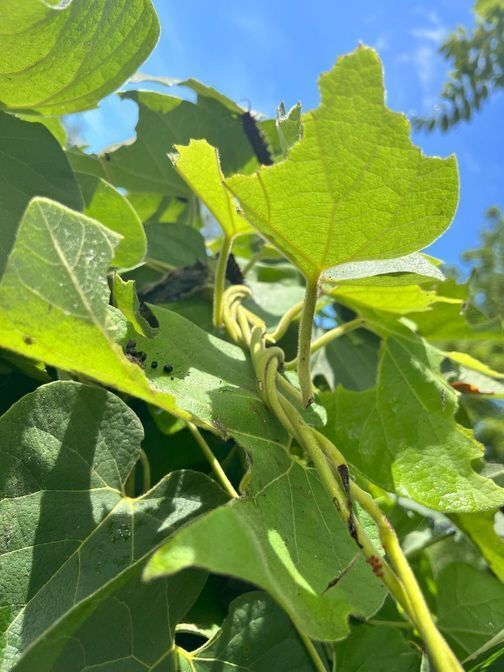
It's amazing what you can find when you start to search. How many signs of caterpillars do you see in this photo? Look closely!
